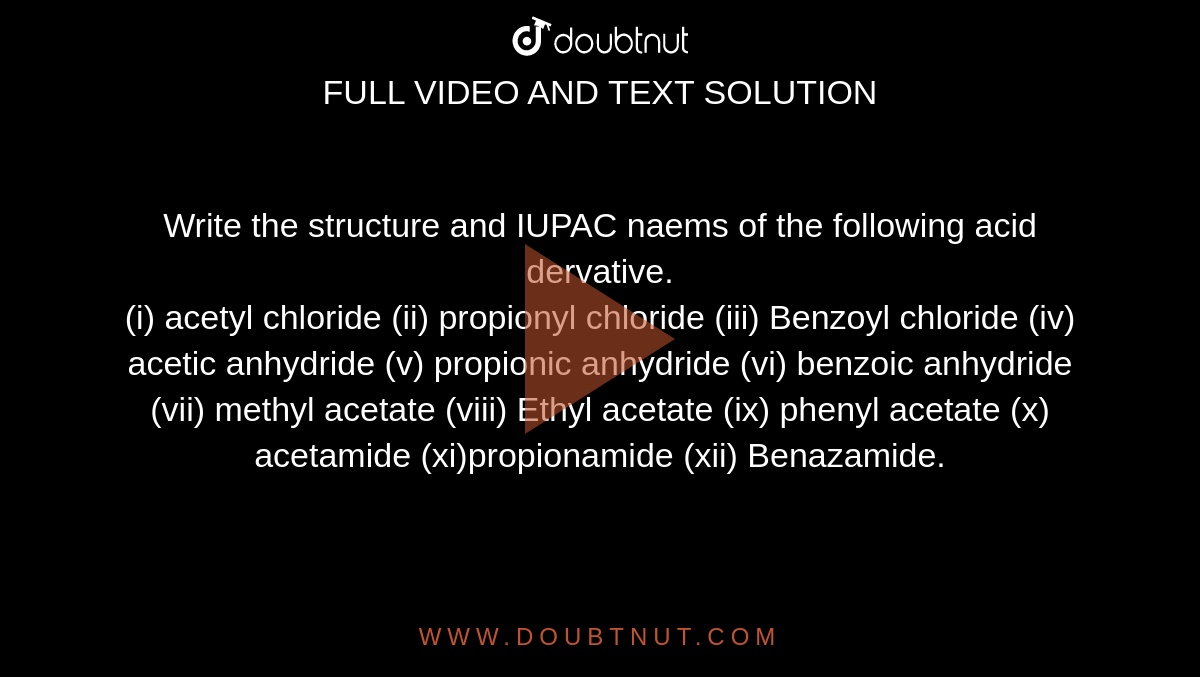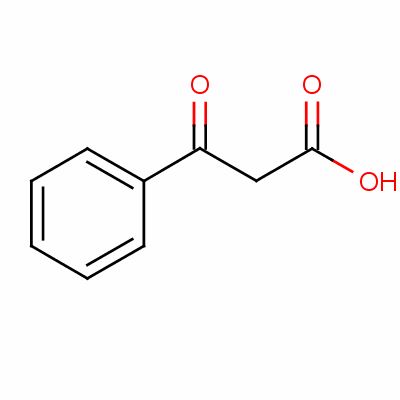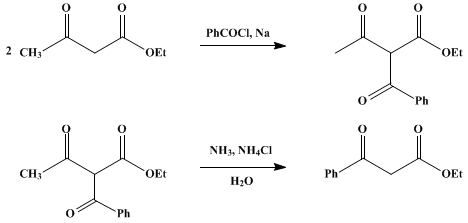Scheme 1. Reagents and conditions: (a) glacial acetic acid, reflux,... | Download Scientific Diagram

The product obtained when benzoyl acetic acid is heated with soda-lime is :(A) \n \n \n \n \n (B) \n \n \n \n \n (C) \n \n \n \n \n (D) \n \
![2-Oxo-4-[[[4-(2-aminoethyl)benzoyl]amino]acetyl]piperazine-1-acetic acid | Chemical Substance Information | J-GLOBAL 2-Oxo-4-[[[4-(2-aminoethyl)benzoyl]amino]acetyl]piperazine-1-acetic acid | Chemical Substance Information | J-GLOBAL](https://jglobal.jst.go.jp/images/chemical/detail/009/215/J921.550F.png)
2-Oxo-4-[[[4-(2-aminoethyl)benzoyl]amino]acetyl]piperazine-1-acetic acid | Chemical Substance Information | J-GLOBAL
![4-Chloro-2-[[1-hydroxy-6-[[4-[(8-hydroxy-5-quinolinyl)azo]benzoyl ]amino]-3-sulfo-2-naphtyl]azo]phenoxy]acetic acid | 16894-30-7 4-Chloro-2-[[1-hydroxy-6-[[4-[(8-hydroxy-5-quinolinyl)azo]benzoyl ]amino]-3-sulfo-2-naphtyl]azo]phenoxy]acetic acid | 16894-30-7](https://www.chemicalbook.com/CAS/GIF/16894-30-7.gif)
4-Chloro-2-[[1-hydroxy-6-[[4-[(8-hydroxy-5-quinolinyl)azo]benzoyl ]amino]-3-sulfo-2-naphtyl]azo]phenoxy]acetic acid | 16894-30-7
![2-{2-benzoyl-2-azabicyclo[2.2.2]octan-5-yl}acetic acid Structure - C16H19NO3 - Over 100 million chemical compounds | Mol-Instincts 2-{2-benzoyl-2-azabicyclo[2.2.2]octan-5-yl}acetic acid Structure - C16H19NO3 - Over 100 million chemical compounds | Mol-Instincts](https://static.molinstincts.com/compound_common/2-2-benzoyl-2-azabicyclo-2-2-2-octan-5-yl-acetic-acid-2D-structure-CT1103861768.png)
2-{2-benzoyl-2-azabicyclo[2.2.2]octan-5-yl}acetic acid Structure - C16H19NO3 - Over 100 million chemical compounds | Mol-Instincts

Write the structure and IUPAC naems of the following acid dervative. (i) acetyl chloride (ii) propionyl chloride (iii) Benzoyl chloride (iv) acetic anhydride (v) propionic anhydride (vi) benzoic anhydride (vii) methyl acetate (
![329700-28-9 | 2-[(5-{[4-(tert-butyl)benzoyl ]amino}-1,3,4-thiadiazol-2-yl)sulfanyl]acetic acid | MFCD02169485 | C15H17N3O3S2 329700-28-9 | 2-[(5-{[4-(tert-butyl)benzoyl ]amino}-1,3,4-thiadiazol-2-yl)sulfanyl]acetic acid | MFCD02169485 | C15H17N3O3S2](https://www.keyorganics.net/app/uploads/2022/09/MS-2047.png)
329700-28-9 | 2-[(5-{[4-(tert-butyl)benzoyl ]amino}-1,3,4-thiadiazol-2-yl)sulfanyl]acetic acid | MFCD02169485 | C15H17N3O3S2
![4-(3-Methyl-benzoyl)-piperazin-1-yl]-acetic acid | CAS 705941-42-0 | SCBT - Santa Cruz Biotechnology 4-(3-Methyl-benzoyl)-piperazin-1-yl]-acetic acid | CAS 705941-42-0 | SCBT - Santa Cruz Biotechnology](https://media.scbt.com/product/4-3-methyl-benzoyl-piperazin-1-yl-acetic-acid-705941-42-0-_24_61_g_246188.jpg)
4-(3-Methyl-benzoyl)-piperazin-1-yl]-acetic acid | CAS 705941-42-0 | SCBT - Santa Cruz Biotechnology

What products would be formed from the reaction of benzoyl chloride with sodium acetate? | Homework.Study.com

The product obtained when benzoyl acetic acid is heated with soda-lime is :(A) \n \n \n \n \n (B) \n \n \n \n \n (C) \n \n \n \n \n (D) \n \









